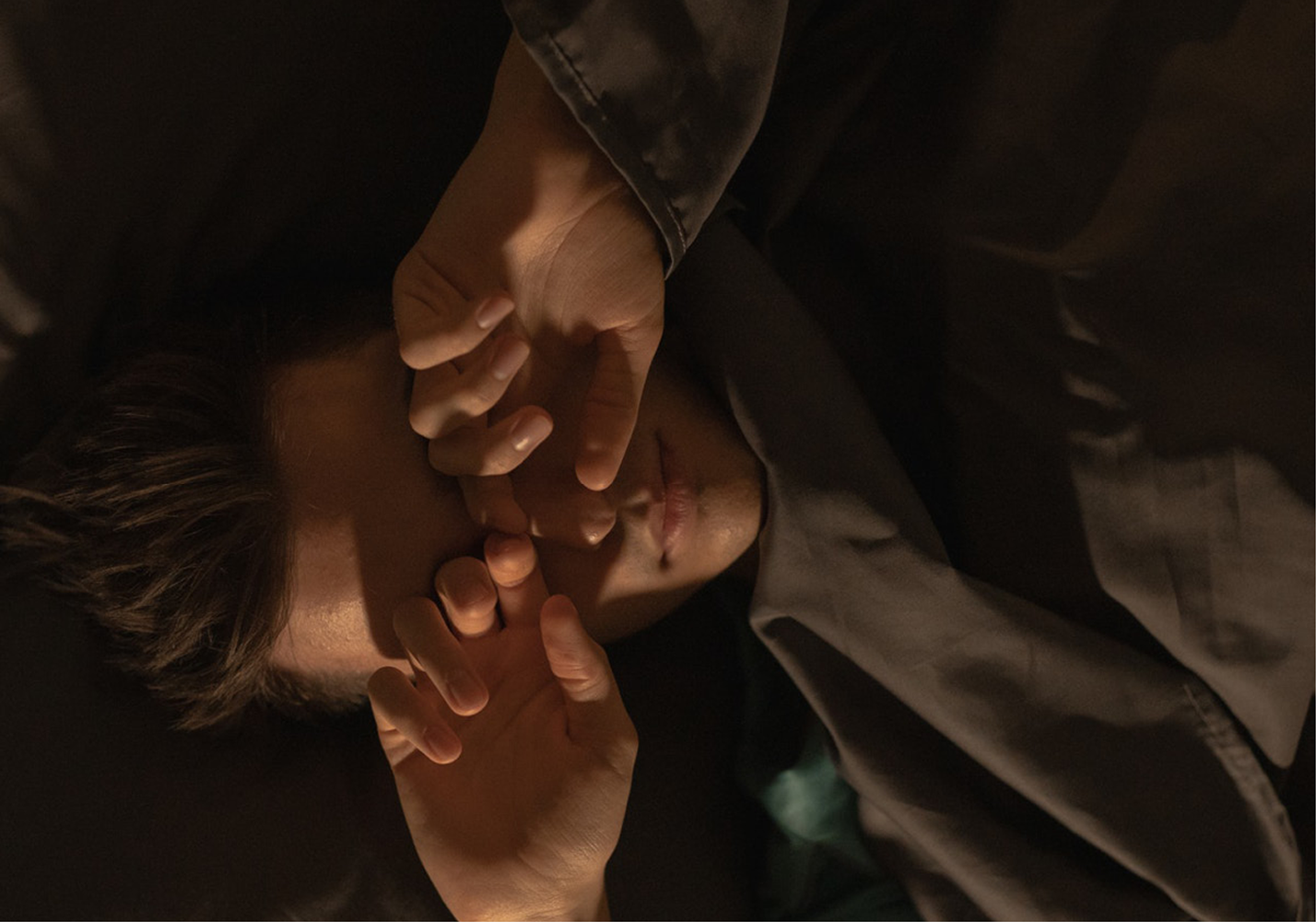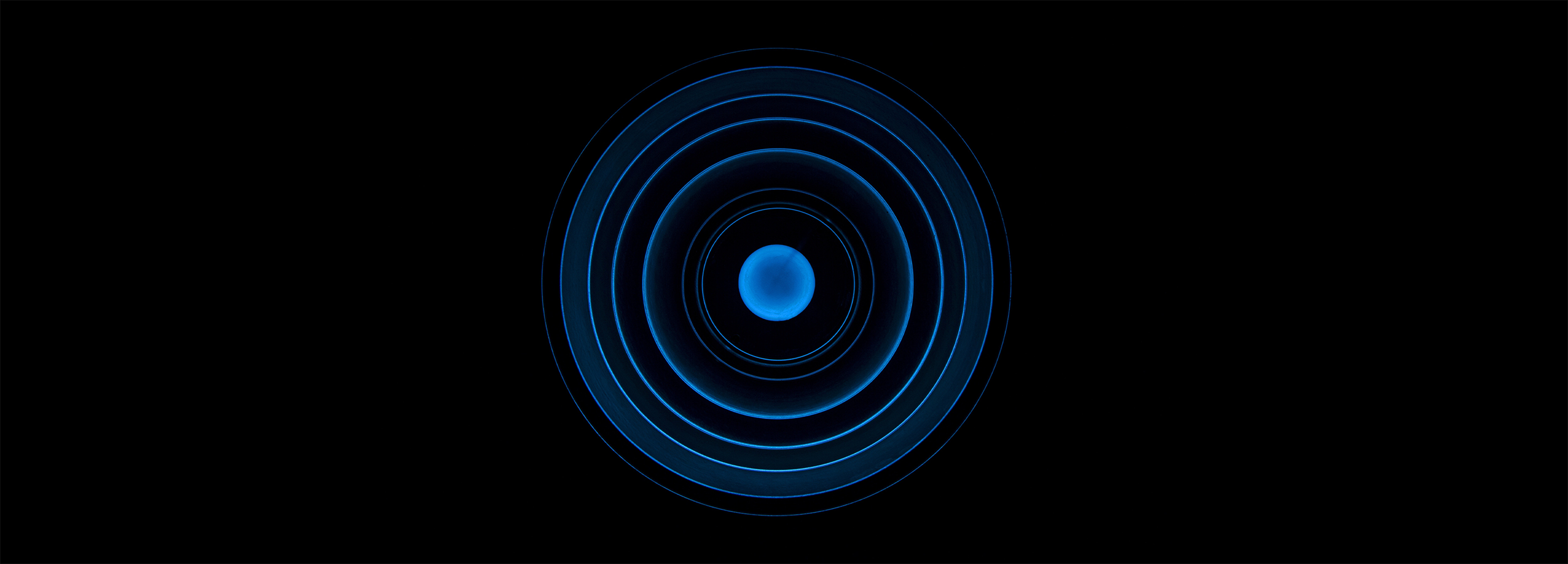Understanding Light Exposure
From UV risks to daily blue light concerns
Sunlight is the main source of both ultraviolet (UV) and blue light exposure. UV radiation, below 380 nm, is invisible yet highly energetic, known to damage ocular and skin tissues, which is why sunglasses must block wavelengths under 400 nm. In contrast, infrared (IR) rays above 700 nm mainly generate heat without causing DNA damage. Alongside natural light, artificial sources such as LED lighting, smartphones, tablets, and digital screens also emit blue light, raising questions about its cumulative effects on visual health when exposure becomes prolonged.

Visible wavelength
light spectrum
The human eye perceives light between 380 nm (violet-blue) and 700 nm (red), known as the visible spectrum. Within this range, different wavelengths correspond to distinct colors, while their combination produces white light. Radiation outside these limits, such as ultraviolet (<380 nm) and infrared (>700 nm), remains invisible to us.

What about digital radiation
wavelengths of discord
Digital screens and LED lighting emit visible blue light in the 380–500 nm range. Although their intensity is lower than sunlight, prolonged exposure has raised concerns about potential retinal stress. The long-term effects remain under investigation, and safe exposure thresholds have yet to be clearly defined.

scientifically Proven
Blue Light disrupts our sleep
High-energy blue-violet light raises concerns about its cumulative retinal effects. While research is ongoing, its impact on circadian rhythms is proven — delaying melatonin release and disrupting sleep. Most lenses filter up to 370 nm; IKYUM® BlueBlocker UV 420 offers extended protection against short wavelengths.

Designed for specific visual environments.
BLUEBLOCKER | UV-420
The human eye is constantly exposed to visible and invisible light — from sunlight, artificial lighting, and digital screens. Blue light below 420 nm is of particular interest due to its intensity and biological effects. Blueblocker lenses use a targeted filter to block this range. While screen-emitted blue light is weaker than sunlight, prolonged exposure has raised concerns. Current research remains inconclusive on long-term ocular risks, but its impact on sleep via melatonin suppression is well established.

